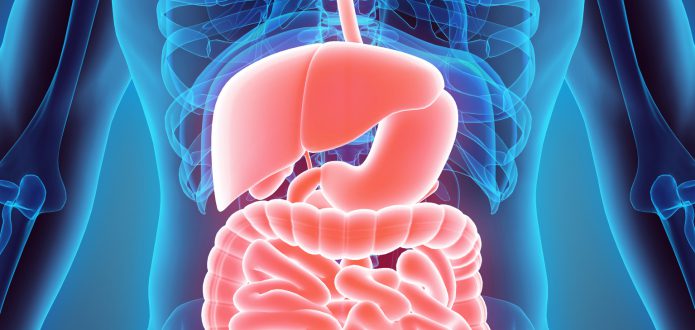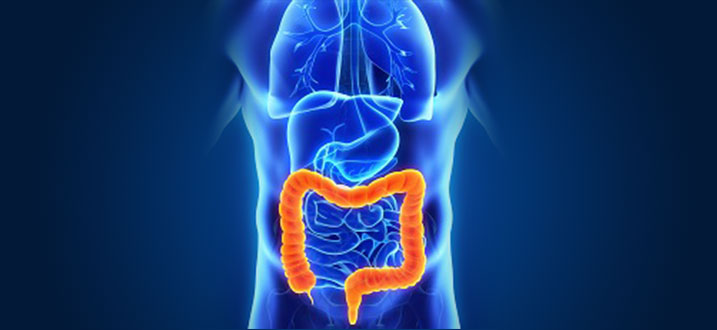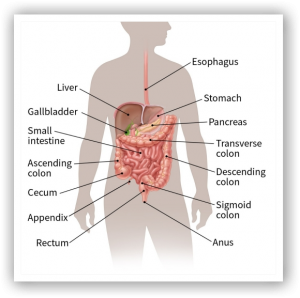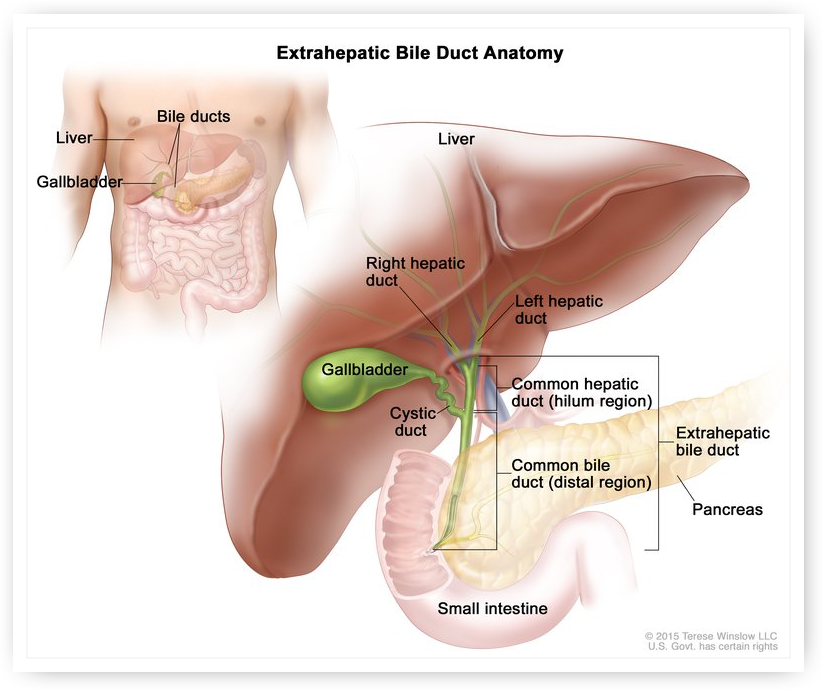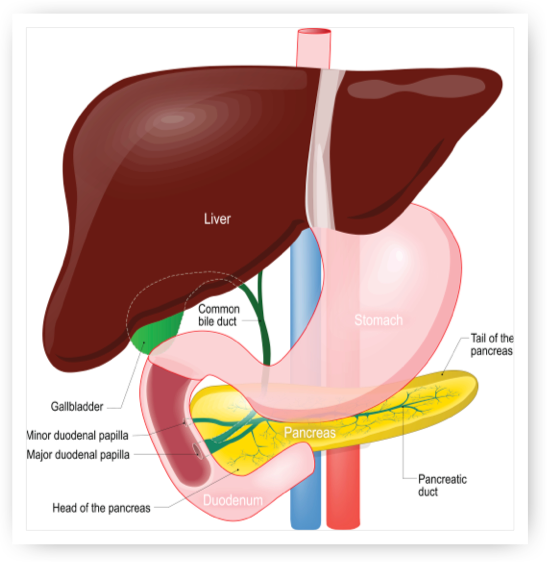Bile Duct Surgery
An open surgical approach removes the bile duct and regional lymph nodes.
Biliary Bypass
This minimally invasive approach creates a new pathway around the tumors that are blocking the flow of bile by connecting the gallbladder or bile duct directly to the small intestine.
Chemotherapy with Hepatic Arterial Infusion (HAI)
A new chemotherapy technique called HAI is a treatment of your gallbladder and bile duct cancer that been shown to extend survival in patients with liver cancer and involves delivering a high dose of chemotherapy drugs directly to the liver through a tiny pump implanted under the skin in the lower abdomen. Additional chemotherapy medicine is injected into the pump, as needed, on an outpatient basis. HAI therapy may be used to shrink tumors before surgery or, after surgery, to prevent recurrence.
Cholecystectomy
A procedure where the gallbladder, lymph nodes, a margin of surrounding tissue and possibly part of the liver are surgically removed.
Cryoablation
A probe that contains liquid nitrogen can be inserted into the liver tumors with ultrasound guidance and destroyed with extreme cold.
Liver Transplant
This is an option for a small percentage of people with early-stage liver cancer where your diseased liver is replaced with a healthy donor liver.
Partial Hepatectomy
When large bile duct tumors are found inside the liver (intrahepatic peripheral tumors), a portion of the liver and margin of healthy tissue is surgically removed.
Neurolytic Celiac Plexus Block (NCPB)
To relieve debilitating pain if the disease is too advanced for surgery, a local anesthetic can be injected into the celiac plexus (a cluster of nerves near the liver) to block pain signals. This procedure can be performed through the skin with x-ray guidance, laparoscopically or with endoscopic ultrasound(EUS) guidance through the mouth and into the stomach.

